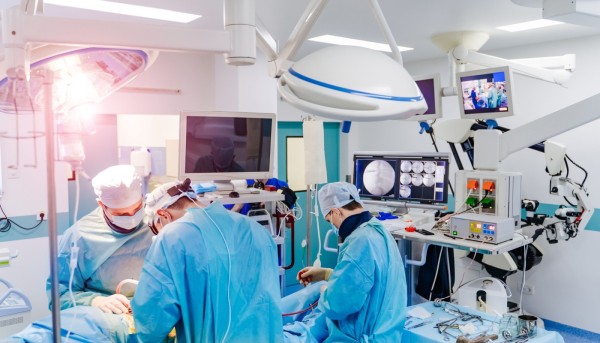What are Laminectomies and When They’re Needed

United States, 5th Apr 2025 – Back pain and spinal issues are incredibly common, especially as we age. For some, the discomfort becomes more than just a nuisance—it interferes with daily life. When conservative treatments like physical therapy, medications, or injections no longer bring relief, a surgical procedure called a laminectomy may be recommended.
So, what exactly is a laminectomy? Let’s break it down in simple terms.
What Is a Laminectomy?
A laminectomy is a type of back surgery aimed at relieving pressure on the spinal cord or nerve roots. The name comes from “lamina,” a thin section of bone that forms the back part of a vertebra (the bones in your spine), and “-ectomy,” which means removal. So, a laminectomy literally means the removal of the lamina.
By removing this bony covering, the surgeon creates more space within the spinal canal. This can reduce or eliminate nerve compression that’s causing pain, numbness, or weakness.
Why Is a Laminectomy Performed?
The most common reason for a laminectomy is spinal stenosis, a condition where the spinal canal becomes narrowed, often due to age-related changes like arthritis, herniated discs, or thickened ligaments. As the canal tightens, it can pinch the nerves traveling through the spine, leading to symptoms such as:
- Chronic lower back pain
- Sciatica (pain radiating down the legs)
- Tingling or numbness in the limbs
- Muscle weakness
- Difficulty walking or standing for long periods
When non-surgical treatments fail to provide relief, and quality of life is significantly affected, a laminectomy might be the next step.
The Procedure: What to Expect
A laminectomy is typically performed under general anesthesia. Here’s a simplified overview of the process:
- Incision: A small incision is made in the back over the affected vertebrae.
- Removal of the Lamina: The surgeon removes the lamina and possibly part of a disc or overgrown ligament, relieving pressure on the nerves.
- Optional Fusion: In some cases, especially if multiple vertebrae are involved or there’s spinal instability, the surgeon may perform a spinal fusion to stabilize the area.
- Closure: The incision is closed, and the patient is monitored during recovery.
The procedure usually takes one to three hours, depending on how many vertebrae are involved.
Recovery and Outcomes
Recovery times can vary. Some patients go home the same day, while others may stay overnight. Most people can resume light activities within a few weeks and gradually return to normal routines over several months.
Physical therapy is often recommended to help strengthen the back muscles and support a full recovery.
The good news? Many patients report significant improvement in symptoms after surgery, especially if they had leg pain or nerve-related symptoms before the procedure. However, as with any surgery, results can vary and there are risks involved, including infection, blood clots, or damage to spinal nerves.
Is Laminectomy Right for You?
Deciding whether to have a laminectomy depends on several factors, including the severity of your symptoms, your overall health, and how well you’ve responded to other treatments. It’s a personal decision best made with your doctor or spine specialist.
If your back or leg pain is limiting your daily activities and nothing else has worked, it may be time to consider whether this procedure could provide long-term relief.
Final Thoughts
A laminectomy isn’t a first resort—but it can be a highly effective solution for people dealing with persistent nerve compression in the spine. When done for the right reasons and with proper aftercare, it often brings significant pain relief and improved mobility, helping people return to the activities they enjoy.
Click links for more information about Laminectomy Surgeon, Dr. David Prior, and Phoenix Spine Surgeons, BackSurgeons Scottsdale.
The text above is intended for general informational purposes only and should not be considered as medical advice. Contact your doctor for proper consulting of any physical or emotional concern.
Media Contact
Organization: David Prior, M.D., Orthopedic Spine Surgeon
Contact Person: Office Manager
Website: https://phoenixbacksurgeon.com/
Email: Send Email
Country: United States
Release Id: 05042526081
